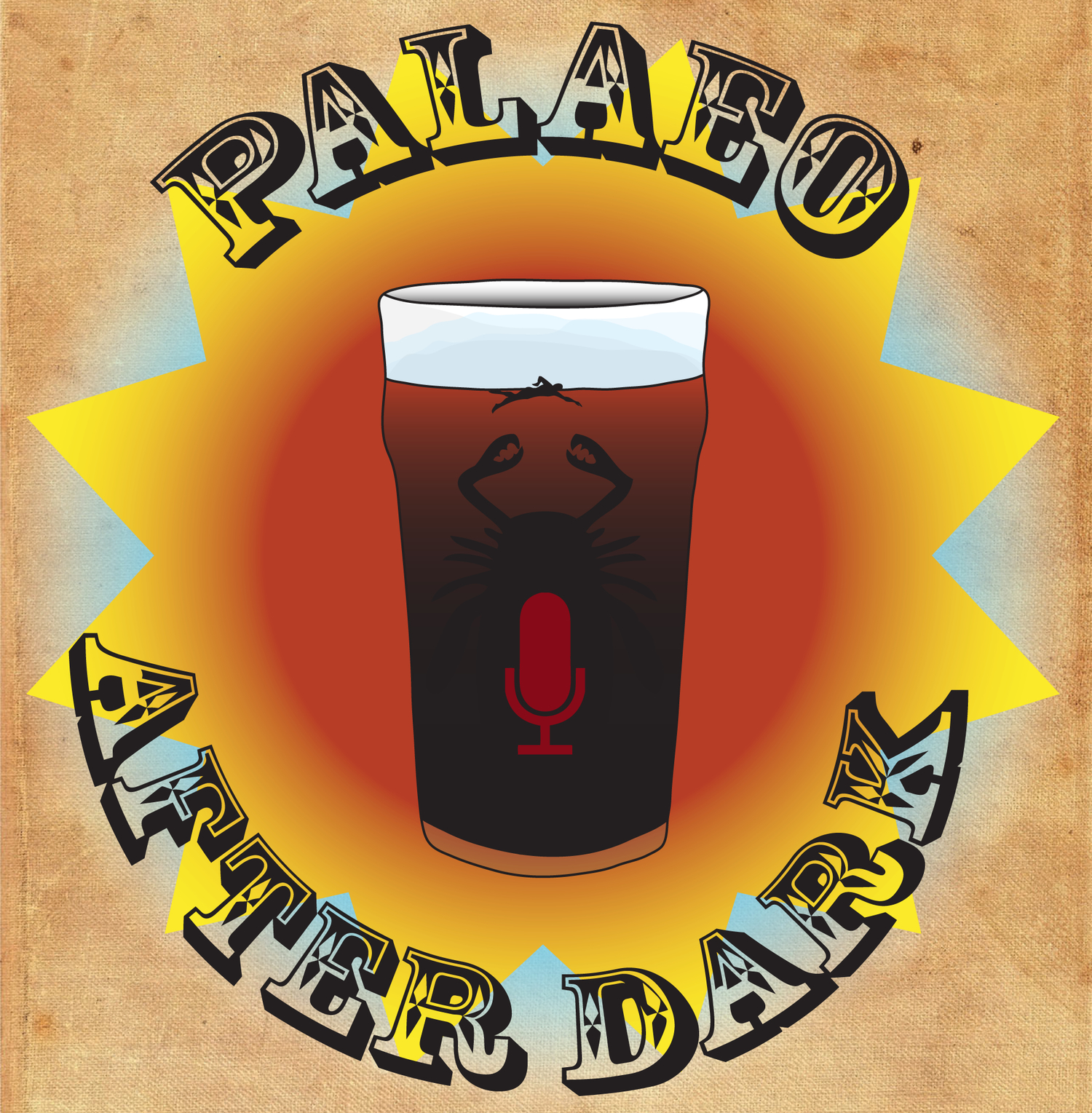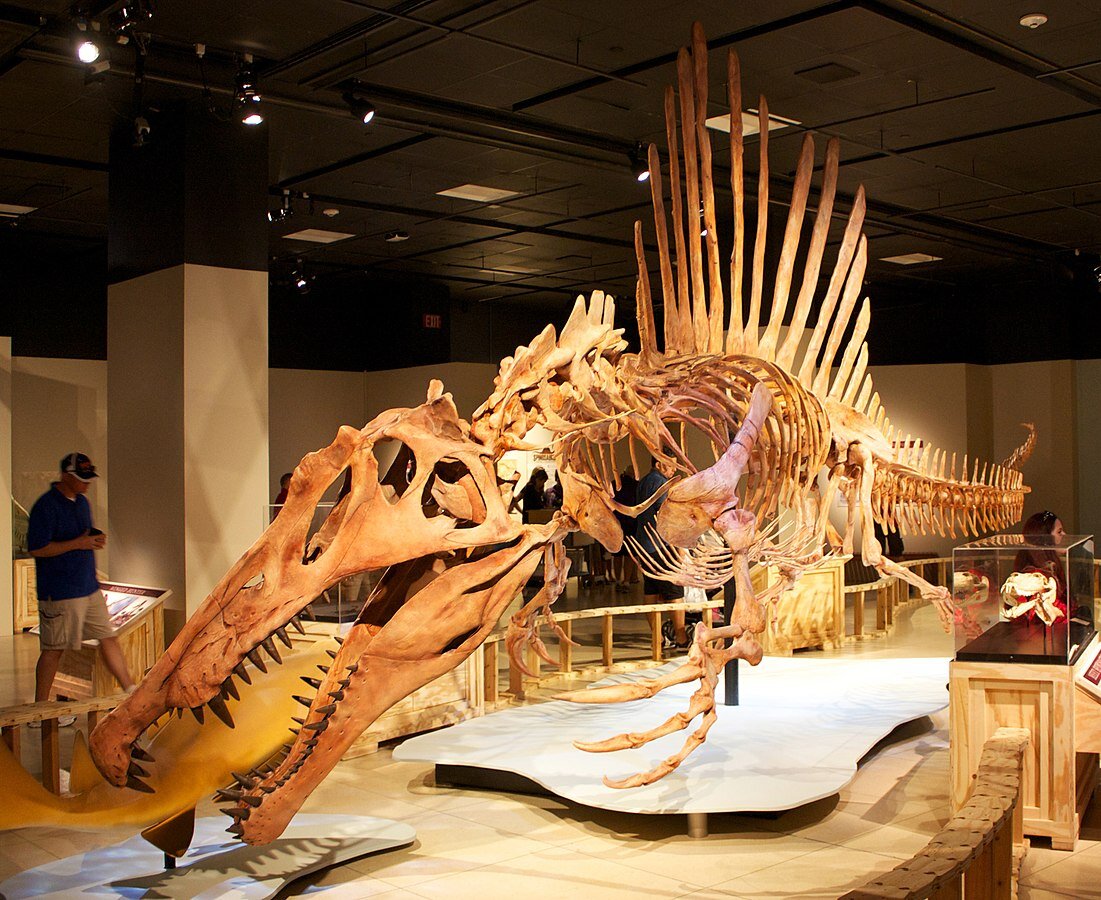Podcast 189 - Big Bois
/(Editor’s Note: This episode was recorded a month ago. Everyone at Palaeo After Dark stands with the protesters fighting for justice. Black Lives Matter!)
The gang discuss two papers about large mammal-like animals. The first is a Triassic synapsid the size of an elephant, and the second is a mammaliaform from the late Cretaceous of Madagascar. Meanwhile, James has a new technology to discuss, Amanda’s cats get involved in some unique business ventures, and Curt appreciates some choice scale-bar decisions.
https://blacklivesmatter.com/
https://action.aclu.org/give/now
Up-Goer Five (Curt Edition)
Our friends talk about big boys. These big boys are great great great great great great brothers and sisters to things that have hair and are warm. The first of these big boys is the oldest and it lived a long time ago when big angry animals were just starting to show up. This big boy is a REALLY big boy. This big boy shows that not just the angry animals, but a lot of other animals, were getting big at this time. This means that maybe something was happening that made it so getting big was a thing lots of different animals could do.
Our second big boy was living just before a rock killed the big angry animals. The second big boy is not nearly as big as the first big boy, but we look at the others boys with hair it was pretty big. This big boy also has lots of weird things in its hard parts that we usually do not see in animals with hair at this time. This big boy lived in a place that was not a part of all the other land and was surrounded by water. This second big boy is another animal that got big when it came to this place. This place has been away from the land for a very very very long time, and so the animals at this place have been different for a long time.
References:
Sulej, Tomasz, and Grzegorz Niedźwiedzki. "An elephant-sized Late Triassic synapsid with erect limbs." Science 363.6422 (2019): 78-80.
Krause, David W., et al. "Skeleton of a Cretaceous mammal from Madagascar reflects long-term insularity." Nature (2020): 1-7.

















